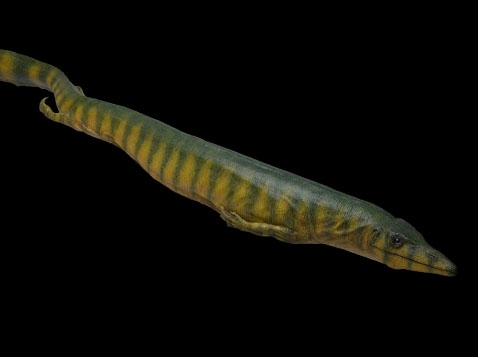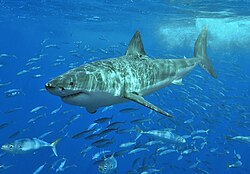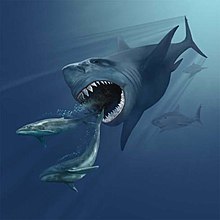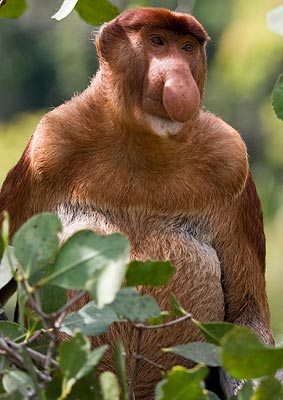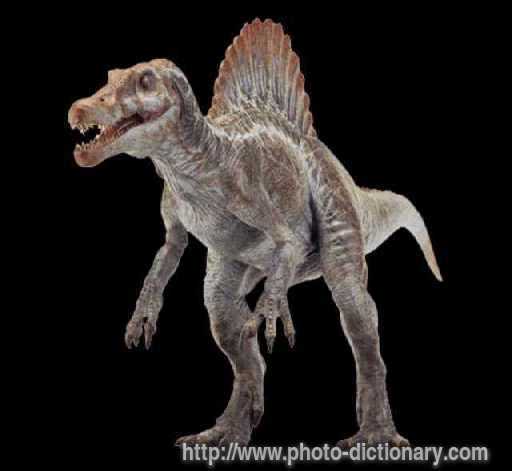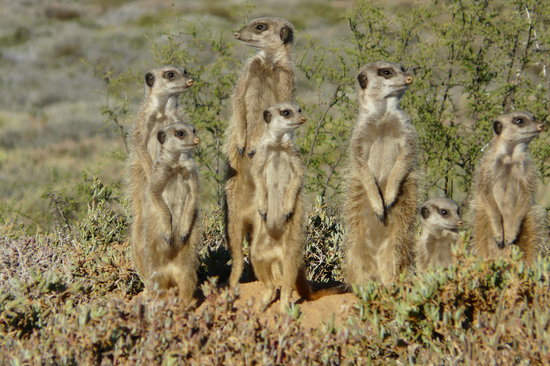Ok, everybody, I don't want to alarm you but earth is in many dangers. Now don't worry, this is going to come in millions of years - very long into the future.
Now first we start out with an enormous asteroid headed for earth. It could destroy all life on earth. But it hasn't really entered earth's atmosphere yet. If it did enter earth's atmosphere, then you'd be in trouble because the asteroid would have entered earth's gravity. I hope it hits the moon instead, because I'd rather have a really large tide rather than no life on earth. But there's one kind of a thing we could do. We could shoot a rocket at it. But that would break it into pieces. Well I'd rather have a bunch of small asteroids headed for earth than one big one.
Ok, everybody, this is a little freaky but our closest star, the sun, is giving our earth a huge blot of danger. You see, you know how the sun can shoot out tons of fiery balls - well one of those fiery balls of sonically charged particles is going to hit earth. And you know about our power lines, that also send out tons of electrons, well if that giant blot of power hits earth, the power lines will overload. And we will get about 10 years without power. We might as well go back to hunting for animals, like homo sapiens (cavemen) did.
Oh and by the way, these dangers are getting worse and worse as we speak. Which is saying worse and worse things for earth the longer we talk. I'm talking about stronger forces, by the way. Another danger earth is definitely in: who wants a hot spot? I don't! Because Antarctica is melting into a handful of ice cubes. Yeah, the sun may be strengthening. And the ice is more delicate, than scientists think, to all that sun. Because you know that a huge chunk of Antarctica just broke off. Well that's a sign that we may be having a little heat problem. I mean, it's getting hot here - the sun is strengthening & sea levels are rising. If we lost just 10% of our ice, we'd be floating in a water bottle. And when ice starts to melt into the sea, scientists like to call them "ice quakes." But maybe it's not the sun that's strengthening. Well you see, there's this thing called a greenhouse gas. And you see, the sun brings in light to earth (it only takes light 8 minutes to get to earth). Well earth has this stuff called greenhouse gases. The greenhouse gases keep the heat in. But since we've made a lot of polluting stuff like cars, factories, and other stuff, the greenhouse gases have been strengthening because of our pollution, and that is keeping more of heat in and less of it is escaping.
And here's another danger: it's at Yellowstone National Park. Oh and you know what? I've always wanted to go there! You see, I know there are lots of geysers - they are traces of ancient volcanoes. Well there may be still an enormous volcano over there. It's a volcano so strong filled with so much ash and lava, it could devastate the whole planet. Because you know what happens when you breathe in volcanic ash: well, uh, it's a little creepy - I'm not going to tell you. I'm just going to say: it has something to do with your lungs.
And here is another disaster. Now things that collide can be pretty big. I mean asteroids can collide. Planets could collide. But the biggest collision of all is galaxy collisions. And it just so happens that our milky-way galaxy is going to collide with another galaxy and that is not going to be good. Now gases could collide with our planet. Stars could head towards our planet. Even our sun could be destroyed.
And next enormous disaster is the worst of all. Now what would happen if you took away everything in the world? What would happen with nothing, just outer space? Well outer space IS something! In fact, it's something like a
fabric. You can twist it, you can bend it, and this is the same mechanism that earth has to keep its moon in place. You see, earth puts dents in space, and the moon is circling around earth, that's why. Now you remember the story of "the big bang" - the beginning of our universe. Scientists thought that space was expanding - and they were right. But they thought it was going slower and slower. But they were wrong! It was accelerating (which means to go faster and faster). And space is getting stretched out. And if space breaks, it'll be catastrophic. Oh and I should tell you how space is expanding - well that would be some black matter. The black matter has lots of energy in it, so it makes space expand. Ok, here's what it will destroy: it will destroy everything! Even time will lose its meaning! Dun, dun, dunnnnnn! And that's all.

